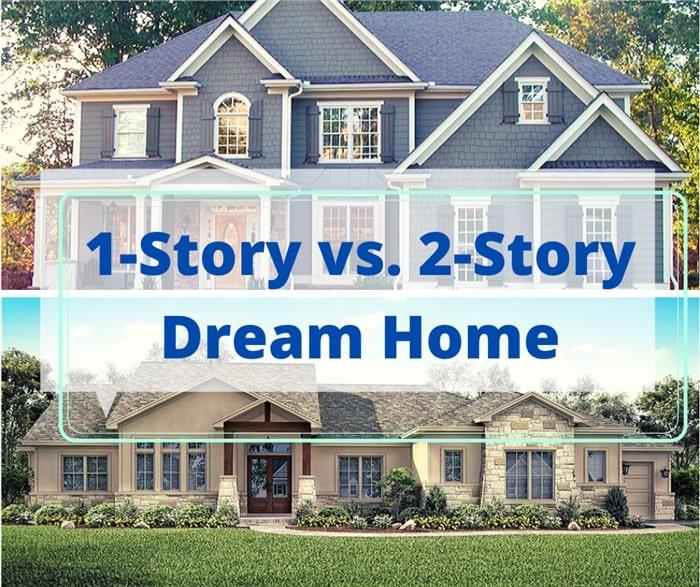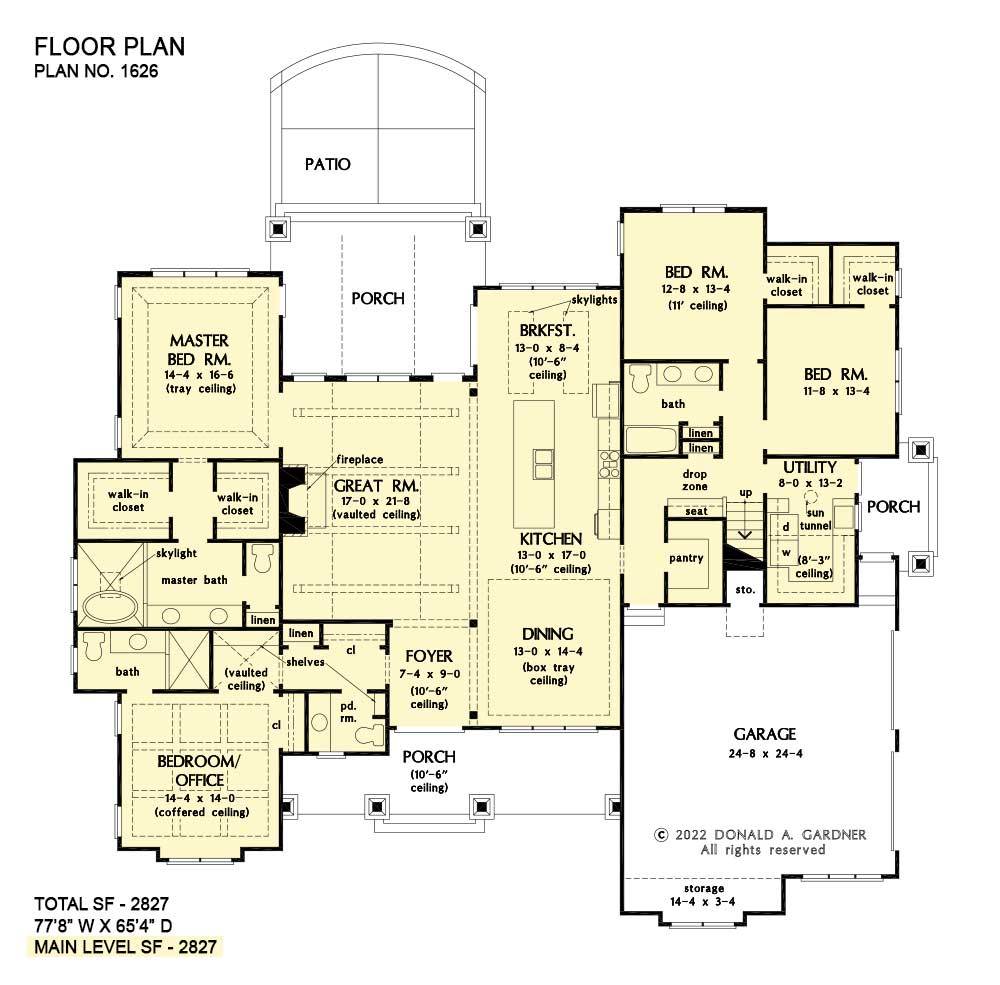Unlocking the Secrets to Selling Your One-Story Dream Home: A Guide for Architects and Interior Designers

You’ve poured your heart and soul into designing stunning one-story homes, each a unique masterpiece tailored to the dreams of your clients. But how do you translate that vision into a compelling narrative that resonates with potential buyers? The key lies in understanding their desires and highlighting the features and benefits that truly matter.
Here’s a comprehensive guide, weaving together the expertise of both an architect and interior designer, to help you craft a winning pitch for your one-story homes:

1. Defining Your Ideal Customer:
Before you start showcasing features, you need to understand who you’re selling to. Who is your ideal customer? Are they young families seeking spacious living and easy access for children? Are they empty nesters prioritizing accessibility and low-maintenance living? Are they busy professionals seeking a sanctuary from the hustle and bustle?
2. The Power of "Why":

Once you know your target audience, ask yourself "Why?" Why would they choose a one-story home? Why would they choose your design over others? This "why" forms the foundation of your sales pitch. Here’s a breakdown of key reasons that resonate with different customer segments:
For Families:
- Safety and Security: One-story homes eliminate the risk of falls down stairs, crucial for young children and aging parents.
- Accessibility: Easy access to all living areas makes it easier for families with mobility challenges.
- Open Floor Plans: Create a sense of togetherness and foster family bonding.
- Outdoor Living: Large, accessible yards provide ample space for children to play and families to gather.



For Empty Nesters:

- Accessibility and Aging in Place: One-story homes are inherently more accessible, allowing residents to age comfortably in their homes.
- Low Maintenance: Fewer levels mean less cleaning and upkeep, freeing up time for hobbies and travel.
- Privacy and Tranquility: Offer a peaceful retreat from the stresses of daily life.
- Downsizing with Style: Allow for comfortable living in a smaller footprint without sacrificing style.



For Professionals:
- Convenience and Efficiency: One-story homes eliminate wasted time and energy navigating stairs.
- Modern Design: Sleek, minimalist aesthetics cater to contemporary tastes.
- Smart Home Integration: Effortlessly integrate technology for a seamless and connected lifestyle.
- Minimalist Living: Promote a clutter-free and peaceful environment conducive to relaxation and focus.


3. Highlighting the Features and Benefits:

Now that you understand your customer’s "why," you can showcase the features that fulfill those needs:
Architectural Features:
- Open Floor Plans: Maximize natural light, create a sense of spaciousness, and facilitate seamless flow between living areas.
- Large Windows: Flood the home with natural light, connect the interior with the exterior, and offer breathtaking views.
- High Ceilings: Create a sense of grandeur and spaciousness, while improving air circulation.
- Smart Home Technology: Integrate smart lighting, security systems, and climate control for convenience and energy efficiency.
- Outdoor Living Spaces: Design patios, decks, or courtyards that seamlessly extend the living space outdoors.
- Energy Efficiency: Focus on sustainable materials, passive solar design, and energy-efficient appliances to reduce environmental impact and lower utility bills.
Interior Design Features:
- Versatile Living Spaces: Design flexible spaces that can adapt to changing needs and lifestyles.
- Natural Materials: Incorporate wood, stone, and textiles for a warm and inviting atmosphere.
- Neutral Color Palette: Create a serene backdrop that allows for personalized accents and furnishings.
- Statement Lighting: Highlight architectural features and create mood-enhancing lighting scenarios.
- Smart Storage Solutions: Maximize storage space and create a clutter-free environment.
- Accessible Design: Consider ergonomic features, such as wider doorways, lever handles, and non-slip flooring, for enhanced accessibility.
4. Crafting a Compelling Narrative:
Now that you have a strong understanding of your customer’s needs and the features that address them, it’s time to weave a compelling narrative:
- Tell a Story: Don’t just list features. Create a story around your homes. Imagine a family enjoying a cozy evening in their open living space, or an empty nester relaxing on their private patio, or a professional unwinding in their stylish and functional home office.
- Use Visuals: High-quality photographs, virtual tours, and 3D renderings are essential for showcasing your homes.
- Focus on Benefits: Don’t just say "this home has a large kitchen." Say "this home features a chef’s kitchen designed for entertaining and family gatherings."
- Use Testimonials: Share positive feedback from previous clients to build trust and credibility.
- Offer Incentives: Consider offering special promotions or incentives to encourage potential buyers to take the next step.
5. Continuously Improve:
The sales process is an ongoing journey. Pay attention to customer feedback and adjust your approach accordingly. Track your results and identify what resonates with your target audience. Stay informed about emerging trends and technologies to keep your designs relevant and competitive.
In Conclusion:
Selling one-story homes is about more than just showcasing features. It’s about understanding your customer’s needs, highlighting the benefits that matter most to them, and creating a compelling narrative that resonates with their dreams. By focusing on the "why" behind their desire for a one-story home, you can effectively communicate the value of your designs and build lasting relationships with your clients.

